The easing of lockdown has meant that we can travel outside our area, and during these last few weeks we have been having days out in the Cotswolds. Last week it was the turn of Chipping Campden.
Most Cotswold villages have a street named Sheep Street. And how about that window?
Out first stop was the Robert Welsh shop as we needed a large serving spoon and some sharp knives.
Chiipping Campden is a small market town, notable for its elegant terraced High Street, dating back from the 14th to the 17th century. A rich wool trading centre in the Middle Ages, the town enjoyed the patronage of rich wool merchants.
The High Street is lined with honey-coloured limestone buildings, built from the mellow locally quarried limestone known as Cotswold stone.
We were hoping to have lunch at the Bistro on the Square
which is part of Cotswold House, hotel and spa
alas, it was closed. This is where they serve drinks and meals, but no sign of tables or chairs
a few tables on the green, and people having lunch
The Market Hall, right in the centre of town, a Grade I listed building. Built in 1627 by Baprist Hicks, it has splendid arches, and is still in use. There was a plan to sell the hall in the 1940s, but locals raised funds to purchase the property and donated it to the National Trust.
The building was intended as a shelter for merchants and farmers selling their wares with the side walls open to allow light, and customers, to enter.
We left the High Street and reached the Almshouses on Church Street. They were built in 1612, provided by Baptist Hicks as homes for 12 pensioners and still remain in use for that purpose. Today they are Grade I listed.
Across the road, the Court Barn, now a museum celebrating the rich Arts and Crafts tradition of the area
Next to the barn, the entrance gates to Camden House, owned by Hicks, on land purchased some time after 1608, where he added the manor. The manor was destroyed by Royalists in 1645 during the English Civil War, possibly to present it falling into the hands of the Parliamentarians. There is little evidence as to the appearance of the manor and gardens. Any drawings of the house were made long after it had been destroyed. All that now remains of the once imposing estate are the gatehouse and two Jacobean banqueting houses, the latter now owned by the Landmark Trust.
Situated next to the gates to the manor house, is the early perpendicular Cotswold wool Church of St James.
and then we noticed this ditch











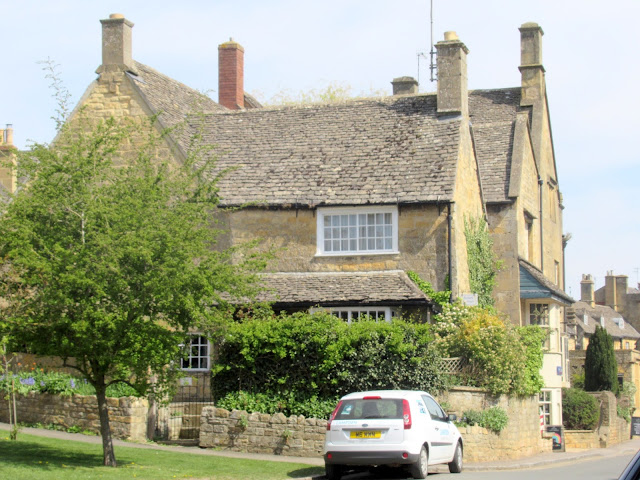






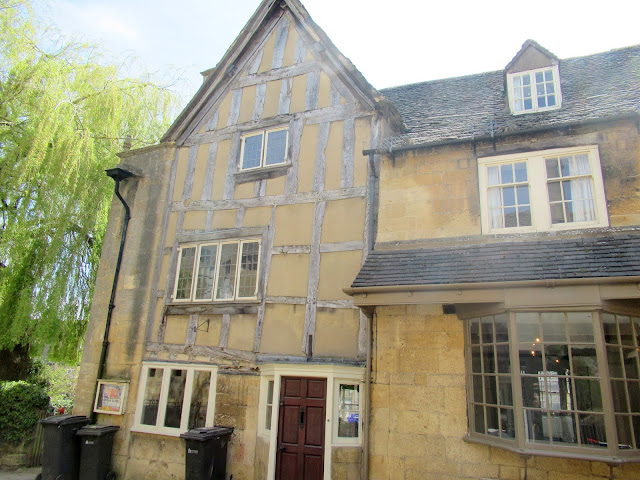
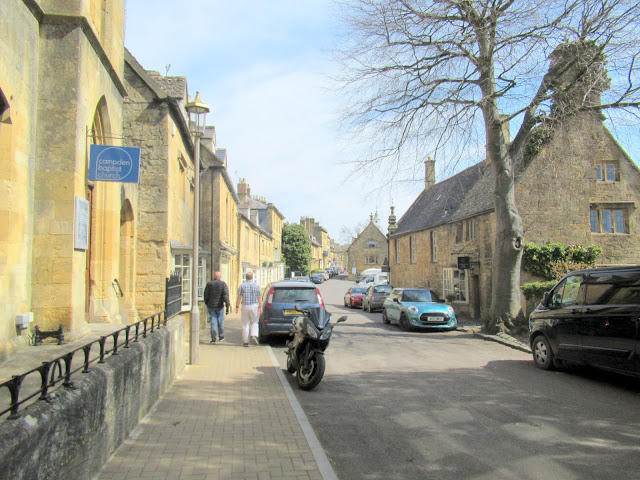






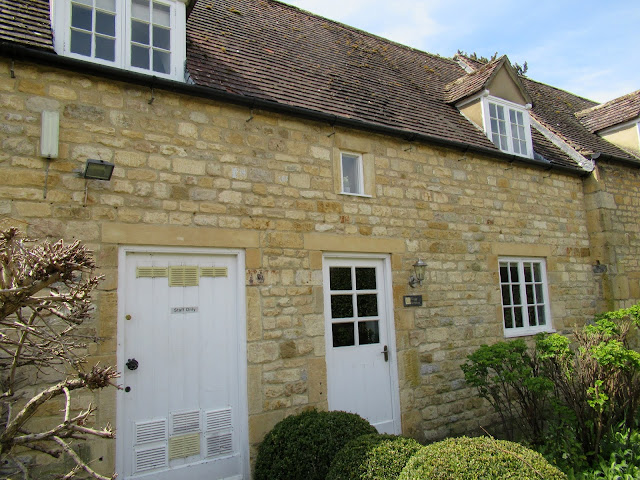







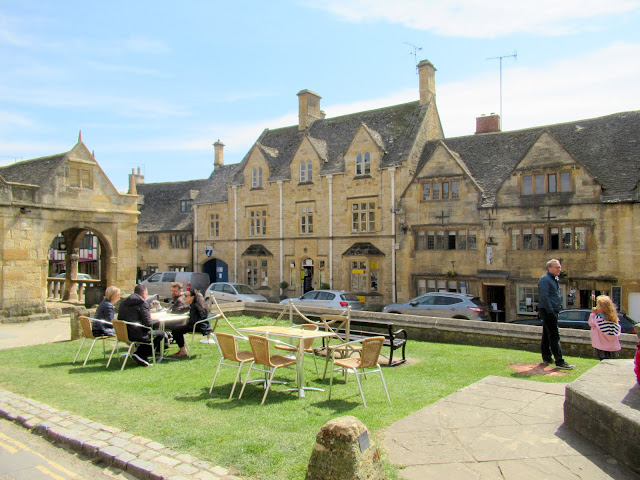




























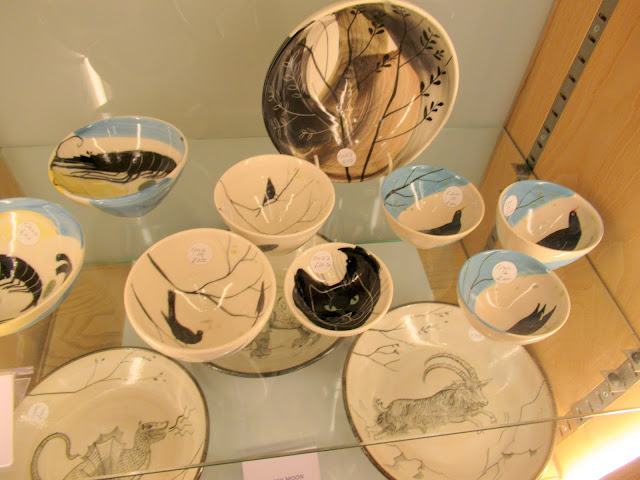







No comments:
Post a Comment